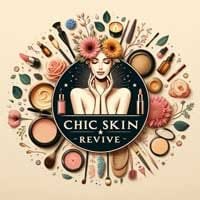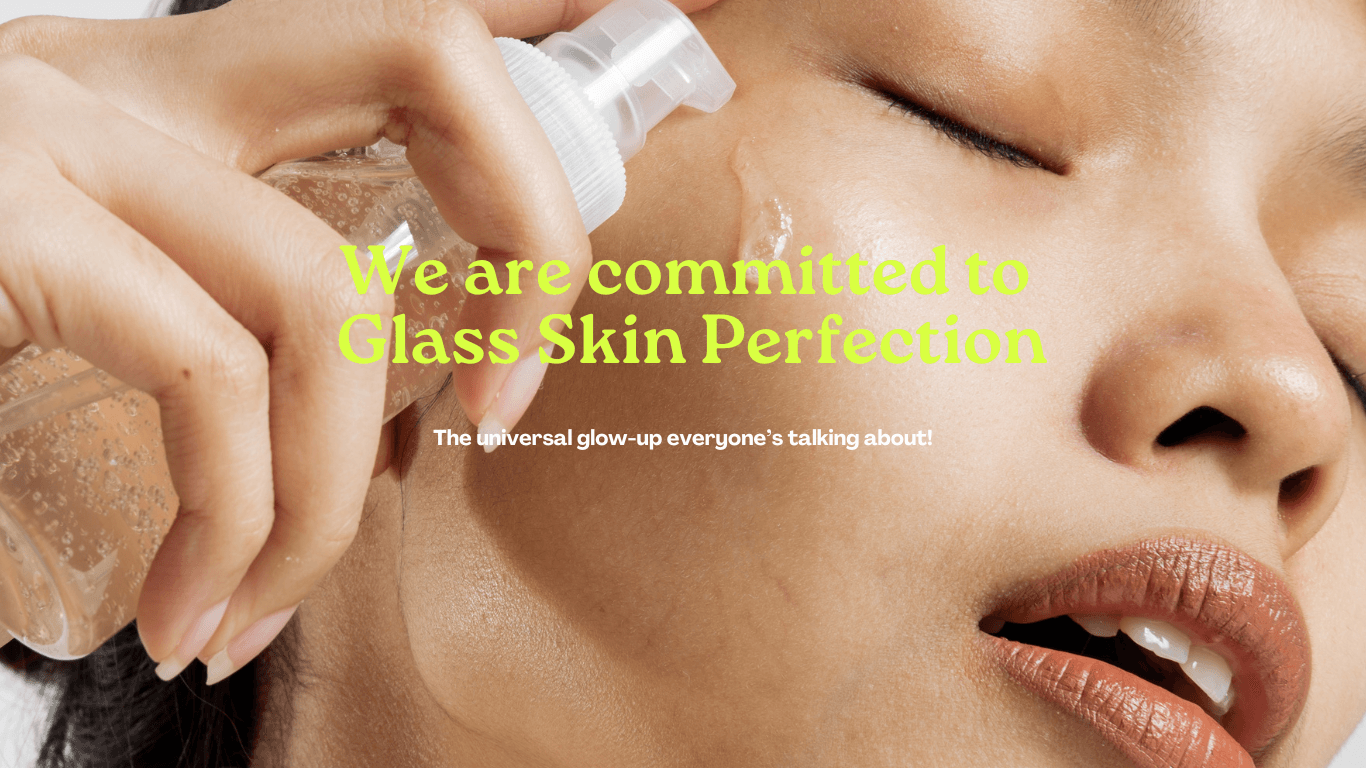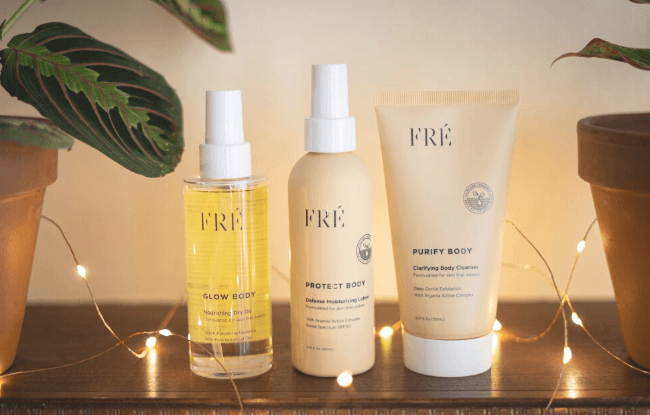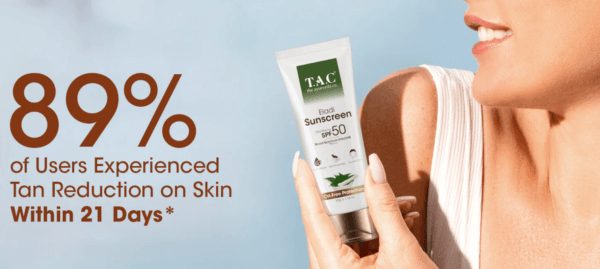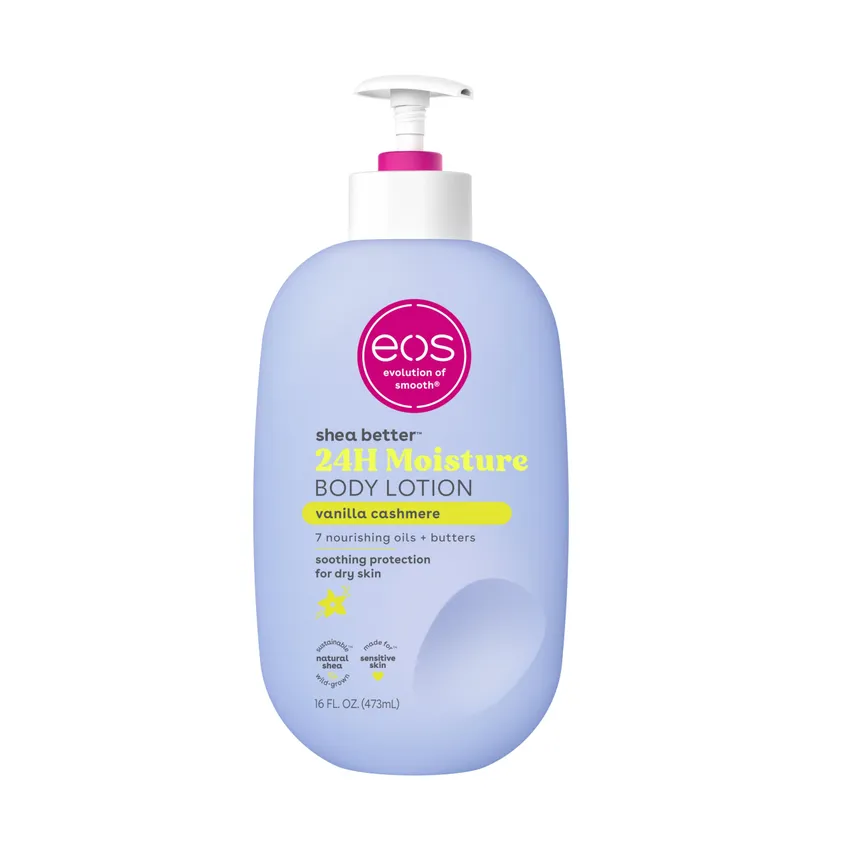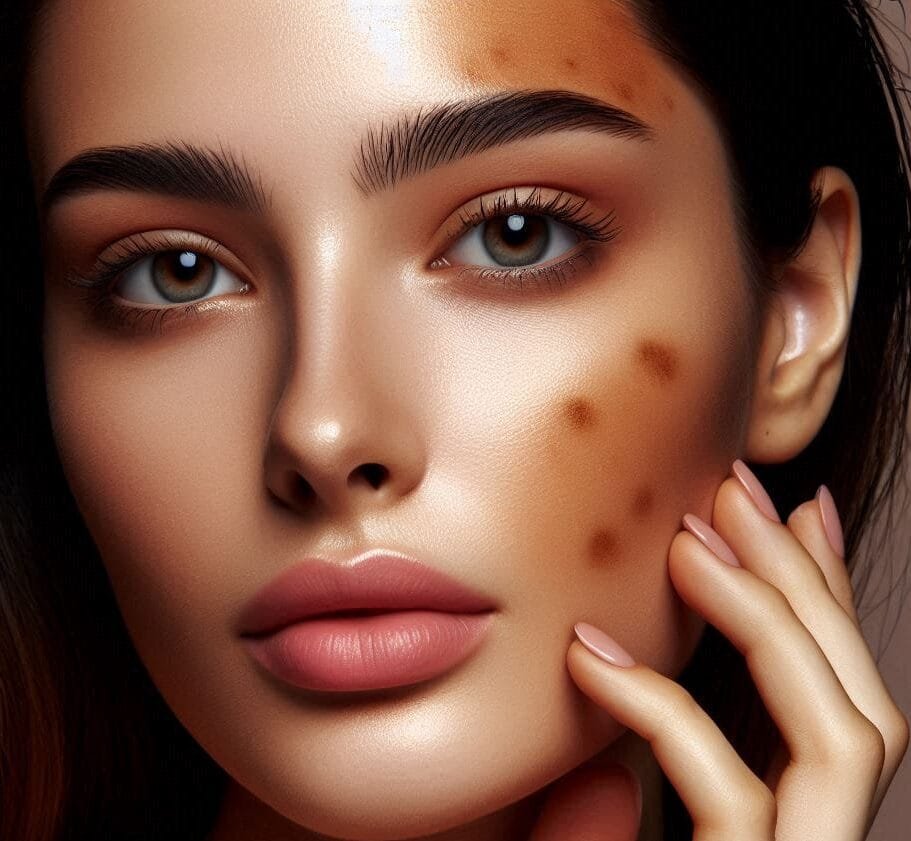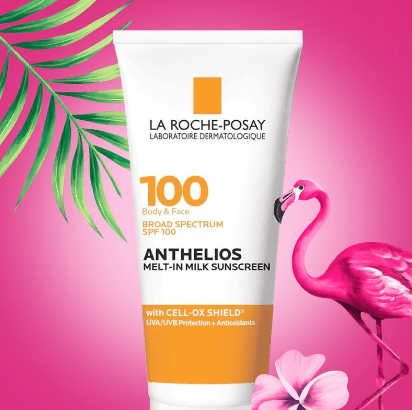Lip care is often overlooked, but if you suffer from dry, flaky lips, you know how uncomfortable and unattractive they can be. Lip scrubs are a significant change for achieving smooth lips. But what is a lip scrub for, and why is it such an essential part of your skincare routine?
I’ve always struggled with persistently dry lips, but I’ve found ways to manage it. Lip balm is my constant companion, and I stick to hydrating lip oils to add color. Yet, the real game-changers for my lips—the ones that truly smooth out the flakes, rough patches, and cracks—are lip scrubs. It might seem strange to apply something gritty to already dry lips, but these scrubs are essential for resetting and reviving them.
But it doesn’t stop there! Lip scrubs also contain moisturizing ingredients like shea butter, coconut oil, or jojoba oil that hydrate and nourish the lips after exfoliation, making them supple and healthy.
Key Benefits of Using a Lip Scrub
The benefits of lip scrubs go beyond simple exfoliation. Here’s why they are a must in your beauty routine:
- Smoother Lips: The primary goal of a lip scrub is to remove dead skin cells, resulting in a smooth surface. This makes applying lipstick or lip balm easier and more effective.
- Hydration: Along with exfoliation, most lip scrubs contain moisturizing ingredients that help keep your lips hydrated and prevent chapping.
- Improved Appearance: Regular lip scrub enhances your lips’ natural appearance by eliminating rough, flaky patches. Your lips look healthier, fuller, and more radiant.
- Better Product Absorption: By clearing away dead skin, lip scrubs allow balms and treatments to penetrate deeper and work more effectively.
Common Ingredients Found in Lip Scrubs
Lip scrubs are pretty straightforward, and you can even whip one up at home with just a few ingredients. Here are some common ones to look for:
- Exfoliants: Sugar, coffee grounds, or finely ground salt.
- Moisturizers: Shea butter, coconut oil, jojoba oil, avocado oil, beeswax, or cocoa butter.
A good lip scrub strikes the perfect balance between exfoliating and hydrating, giving your lips the care they need without overdoing it.
Difference Between Lip Scrubs and Other Exfoliants
You might be wondering: how does a lip scrub differ from other exfoliants like face scrubs? The answer lies in the texture and gentleness of the product. Lip scrubs are formulated with finer particles and more nourishing ingredients since the skin on your lips is much thinner and more delicate than other areas of your face. A regular face scrub might be too harsh for lips, leading to irritation or damage. So, it’s always best to use a product specifically made for your lips.
How to Choose the Right Lip Scrub for You
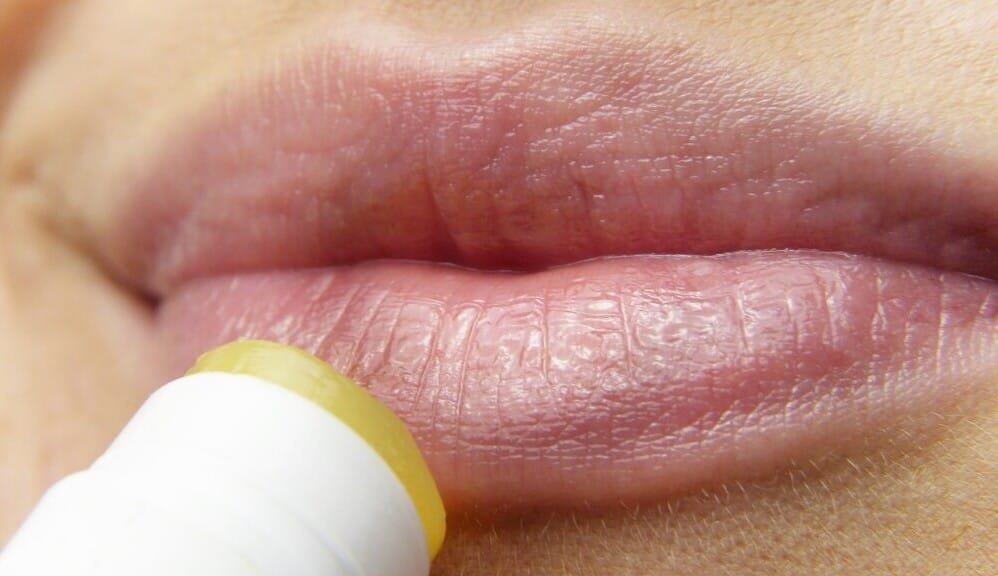
Choosing the right lip scrub depends on your skin type, personal preferences, and any sensitivities you might have.
Considering Skin Type and Sensitivity
If you have sensitive skin, opt for lip scrubs with gentle exfoliants like sugar and natural oils, avoiding harsh chemicals. Ingredients like honey or coconut oil are soothing and help reduce the risk of irritation. On the other hand, if your lips are particularly dry or prone to chapping, look for scrubs that provide intense hydration and repair, such as those containing shea butter or jojoba oil.
Natural vs. Synthetic Ingredients
Natural lip scrubs, often made with sugar and oils, are great for those who prefer eco-friendly options. Synthetic scrubs may include additional ingredients for flavor, scent, or longer shelf life, but can sometimes include artificial chemicals that might not suit everyone. Always read the ingredient list and choose what feels right for your lips and personal skincare preferences.
Popular Brands and Formulations
There are a variety of excellent lip scrubs on the market, ranging from high-end to more affordable options:
Top Lip Scrubs: Expert Reviews and Customer Favorites
1. Lush Bubblegum Lip Scrub

Lush’s Bubblegum Lip Scrub is a fan favorite for its sweet, nostalgic scent that smells like candy. It uses castor sugar as the exfoliant and jojoba oil for hydration, leaving lips soft and smooth. Its edible, vegan formula makes it not only effective but fun to use.
- Pros: Smells amazing; Edible and vegan; Effective exfoliation
- Cons: The scent might be too strong for some
2. Tarte Pout Prep Lip Exfoliant
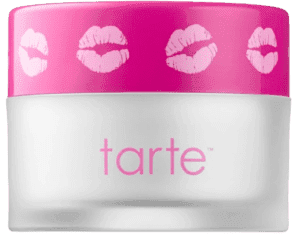
This sugar-based lip exfoliant is enriched with maracuja oil, which helps deeply hydrate lips while buffing away dead skin. Its creamy texture makes the application smooth, and it’s free from parabens and sulfates, making it a great clean beauty option.
- Pros: Hydrating; Clean ingredients; Not too gritty
- Cons: The jar is small for the price
3. Frank Body Lip Scrub
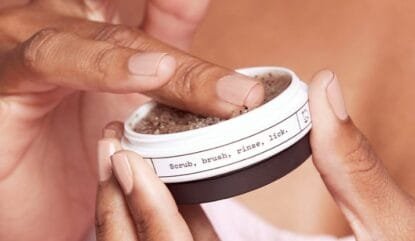
Known for its coffee scrubs, Frank Body also offers a lip scrub packed with coffee and sugar to exfoliate, plus beeswax and lanolin for deep hydration. It’s gentle yet effective, and the coffee scent adds a unique touch.
- Pros: Smells great; affordable; exfoliates without being too rough.
- Cons: Contains beeswax, so it’s not vegan
“Lips feel great! Though leaves a funny texture on my face surrounding my lips it does the best job at renewing them. So good!” Customer review on frankbody.com
4. The Lip Scrub Brown Sugar
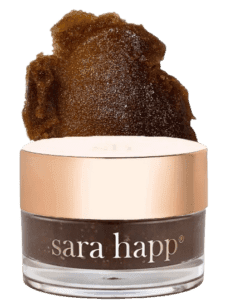
- Pros: lip scrub is vegan, meaning it contains no animal-derived ingredients, has not been tested on animals, and is cruelty-free and environmentally conscious.
- Cons: We could not find any cons with this product. (opinions may differ.)
Each of these scrubs provides different benefits, so you can choose based on your needs.
DIY Lip Scrub Recipes for Personalized Care
If you prefer to go the DIY route, creating a lip scrub at home is easy. Here’s a simple recipe:
- 1 tablespoon sugar (or coffee grounds)
- 1 teaspoon coconut oil
- ½ teaspoon honey
Mix these ingredients and gently massage them onto your lips. The sugar exfoliates, while the honey and coconut oil moisturize, leaving your lips feeling soft and hydrated.
Prepping Your Lips: What to Do Before Exfoliating
Before exfoliating, make sure your lips are clean and free from any products like lipstick or balm. You can even apply a warm, damp cloth to your lips for a few minutes to soften the skin and make exfoliation easier.
Step-by-Step Guide: How to Use a Lip Scrub Effectively
Using a lip scrub is simple and quick. As Sara Happ recommends, start by applying a small amount of the scrub onto your finger. Gently rub it onto your lips in circular motions, making sure to cover all areas. Once you’ve exfoliated enough, wipe off the scrub with a damp cloth or rinse with warm water. Finish with a nourishing balm to lock in moisture and keep your lips smooth. If needed, you can repeat the process until your lips feel fully revived. Here’s how to do it:
Frequency of Use: How Often Should You Exfoliate?
For most people, exfoliating once or twice a week is sufficient. Over-exfoliating can lead to irritation and dryness, so it’s important to strike a balance. If your lips feel particularly dry, you can exfoliate a bit more often but always listen to your skin.
Aftercare Tips: Keeping Your Lips Moisturized and Healthy
After using a lip scrub, it’s essential to apply a hydrating lip balm or oil to lock in moisture and keep your lips protected. This step helps maintain the smoothness achieved through exfoliation and prevents dryness from returning.
Long-Term Benefits: How Regular Lip Exfoliation Enhances Lip Health
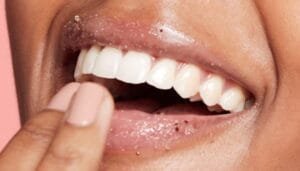
Incorporating lip scrubs into your routine has several long-term benefits. Here’s what you can expect:
Preventing Chapped and Dry Lips
By regularly removing dead skin cells, lip scrubs prevent the buildup of dry, flaky skin, keeping your lips smooth and free from chapping.
Improving Lip Texture and Appearance
With consistent use, your lips will not only feel smoother but look healthier and more vibrant. The exfoliation helps stimulate blood circulation, giving your lips a natural, rosy hue.
How Exfoliated Lips Complement Makeup Application
One of the best things about using a lip scrub is how well it preps your lips for makeup. With a smooth, flake-free surface, lipstick goes on evenly and lasts longer. No more patchy color or dry spots ruining your look!
The Role of Lip Scrubs in Overall Skincare Routines
Like any good skincare routine, caring for your lips is an important part of maintaining healthy skin. Lip scrubs are a great way to give your lips the attention they deserve and ensure they stay in great condition year-round.
The Lip Expert and Customer Reviews
For this post, we’ll be turning to the expertise of Sara Happ, known as The Lip Expert. Sara pioneered the first-ever Lip Scrub back in 2005, mixing it upright in her kitchen. Since then, she’s made it her mission to tackle every lip-related issue, bringing her years of innovation and knowledge to the world of lip care. With Sara Happ as our guide, we’ll explore how lip scrubs can transform even the most chapped, dry lips into a smooth, healthy canvas.
Customer reviews also highlight the effectiveness of lip scrubs. Many people report smoother, softer lips after just one use, with noticeable improvements in the texture and appearance of their lips over time. The key is finding a scrub that suits your specific needs and using it consistently.
Conclusion
Now that you know what a lip scrub is for and how beneficial it can be, it’s time to make it a regular part of your skincare routine. Whether you choose a store-bought option like Lush’s Bubblegum Lip Scrub or decide to make your own at home, the result will be soft, healthy, and beautifully smooth lips. Take care of your lips, and they’ll thank you by looking and feeling their best every day.
Start incorporating a lip scrub into your routine today and enjoy the long-term benefits. Check out some of the expert-recommended scrubs linked throughout this post and give your lips the care they deserve!
